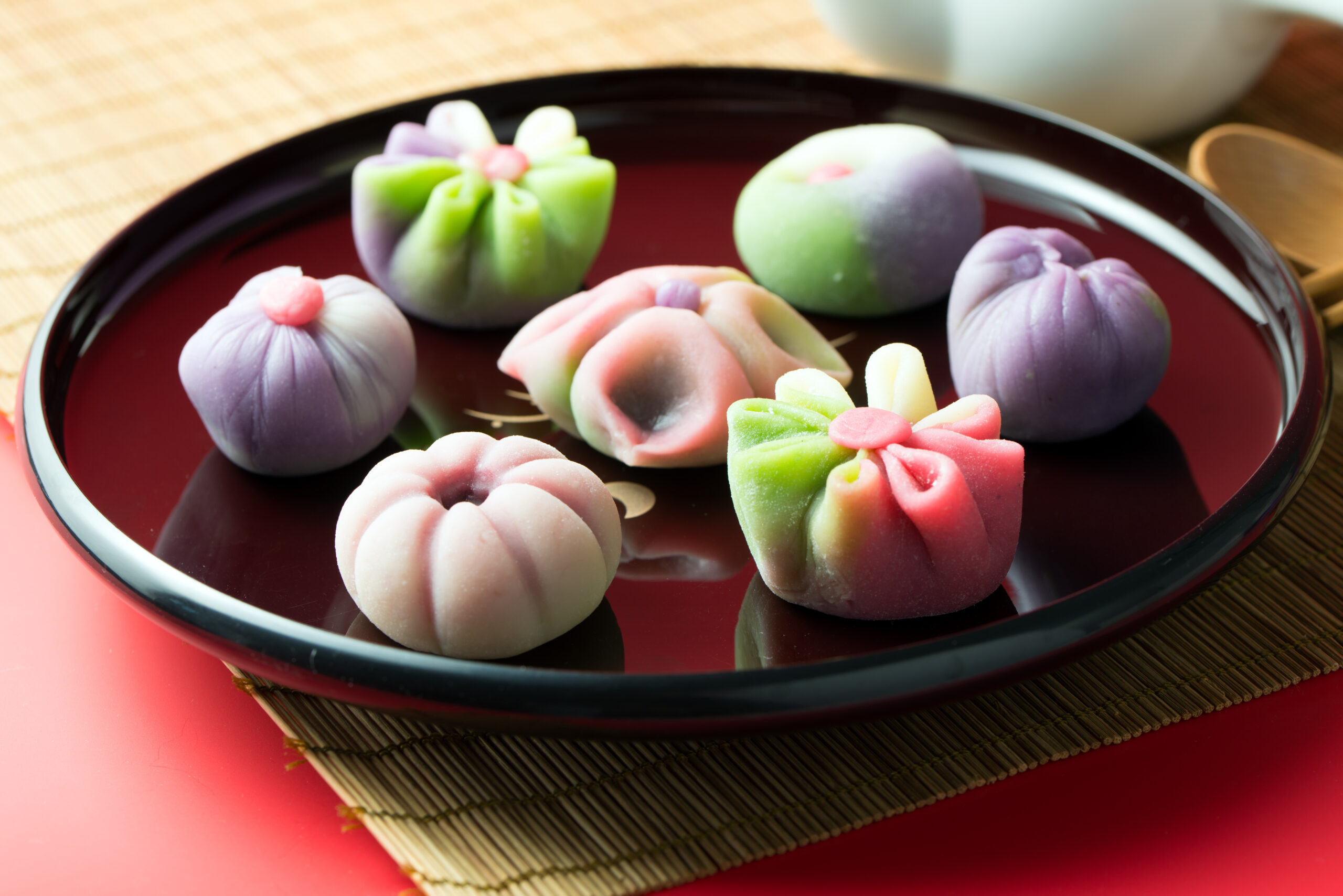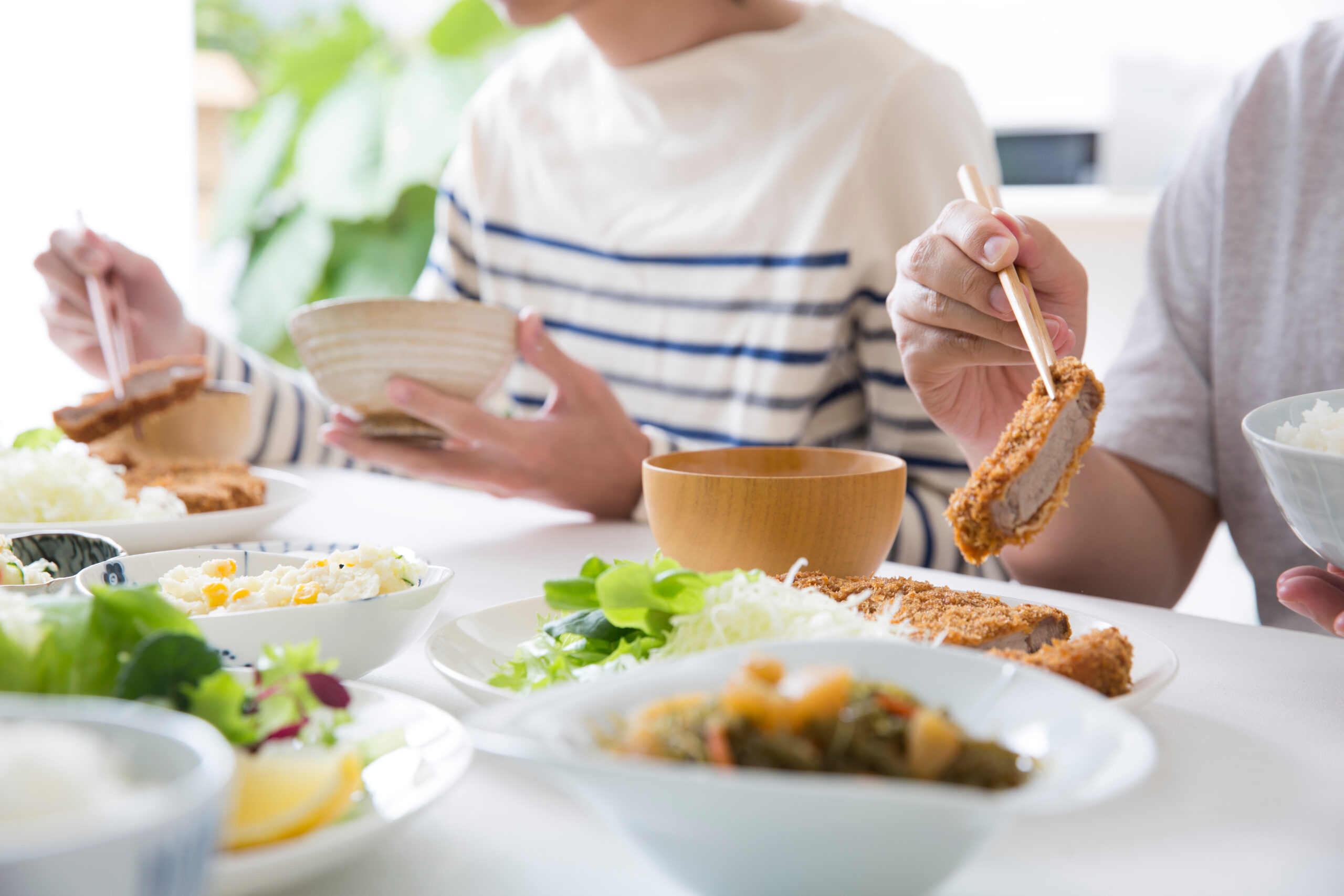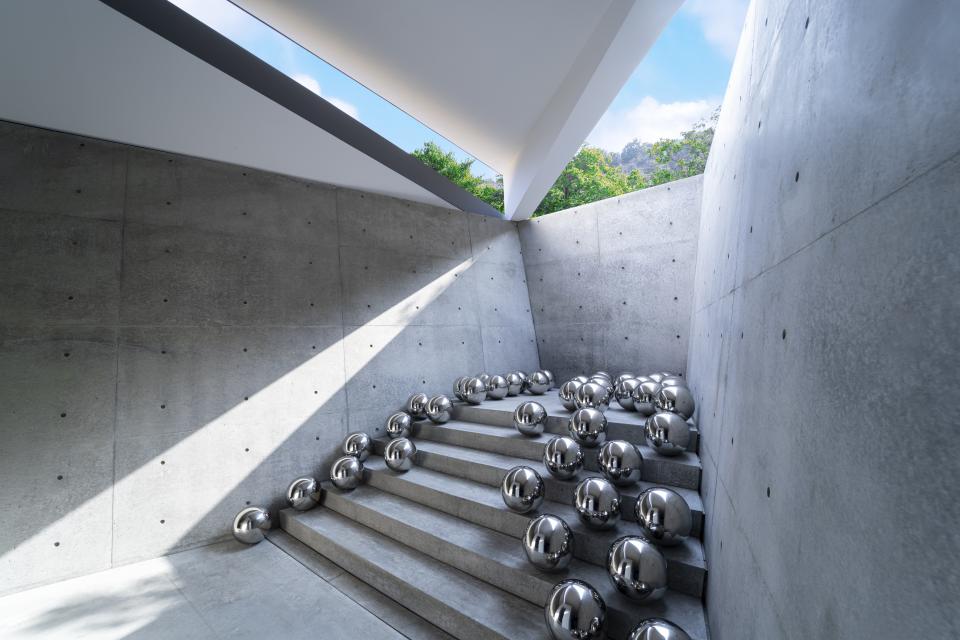In Japan, traditional cuisine, known as washoku, is not only based on flavor and technique: it is also a reflection of the passage of time. Each dish, each ingredient, and each combination tells a story.
This respect for the season is not just an aesthetic detail: it is a philosophy that connects the diner with nature, promotes local consumption, and preserves the freshness of the ingredients. Washoku invites us to rediscover the table as a mirror of the landscape and the climate, reminding us that eating is also a way of living in harmony with time.
Enjoying washoku is entering a carefully crafted ritual that goes beyond flavor. The experience begins with presentation: each dish arrives arranged with harmony, combining colors and textures to awaken all the senses. The tableware itself —whether ceramic, wood, or bamboo— is chosen to complement and highlight the content, creating a scene that changes with each season.
The order in which the dishes are tasted also has significance. Typically, one starts with light and fresh flavors, then moves on to more intense preparations, and concludes with a sweet or refreshing touch that cleanses the palate. The rhythm invites pauses and reflection, encouraging one to savor each bite slowly, without haste.
The timings at the washoku table are synchronized with nature and the well-being of the diner: it is common for food to be enjoyed slowly, accompanied by green tea or sake, fostering conversation and human connection.
Moreover, many ingredients have a symbolic meaning, reflecting wishes for prosperity, health, or longevity. For example, tai is a symbol of good luck, and mochi represents strength and endurance. Thus, each dish nourishes not just the body, but also the spirit.
Seasonality at the Heart
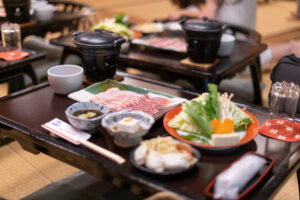
A key feature of washoku is shun, or seasonality. Japanese cuisine celebrates the natural rhythm of the year. In spring, meals feature bamboo shoots and young greens; in summer, refreshing dishes like cold noodles; in autumn, mushrooms and chestnuts; and in winter, warming hot pots. This respect for the seasons allows people to feel more connected to nature through their meals.
Harmony of Flavors and Presentation
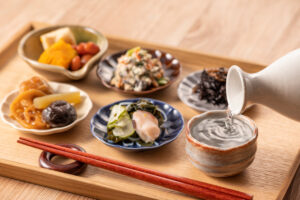
Washoku seeks balance in color, taste, and nutrition. A traditional meal often follows the principle of “ichiju-sansai” (one soup, three dishes), combining rice, miso soup, vegetables, and fish. Dishes are carefully plated to highlight natural beauty—sometimes resembling landscapes or seasonal motifs. Eating washoku is not only delicious, but also an aesthetic experience.
More than Food: A Cultural Value
At its core, washoku embodies gratitude: gratitude to nature for its gifts, and gratitude to those who prepare and share the meal. This is why the simple phrase itadakimasu—said before eating—carries so much weight. It means “I humbly receive,” a reminder of respect for both life and community.
By: Luis E. Hernandez

